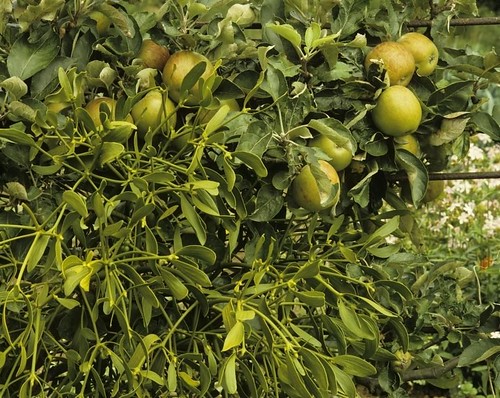David Bullock, the National Trust's Head of Conservation, will be leading an event looking at traditional orchards. Below I have included a guest post from David looking at the importance of old orchards. And as an aside, I am hoping to set up a project myself soon to restore a derelict old orchard near my house in Sunniside - but more about that on another day.
You can find out about more "Uncovered" events at http://www.nationaltrust.org.uk/article-1355794727907/
The old orchards on the estate: David Bullock

I love old orchards. I love their blossom, their fruit, their cider and the honey from the hives. And, as Butler for the annual wassail in my village, I also love the rituals performed in orchards the depths of winter to ensure a good crop of apples (never works, totally silly but good fun...).
Backalong, there were old (or traditional) orchards on most farms and every country estate. The big house had ornamental and kitchen gardens, an orchard, parkland and the wider estate was farmed or wooded. The orchard and its products were integral to the estate. These days the orchards may still be there, and we recently ran a big project to restore or create orchards in England. So there has been a resurgence of interest in orchards but these days they and their amazing store of genes in their thousands of apple, pear and stone fruit varieties are often isolated fragments.
In the wider countryside traditional orchards are in real trouble. A recent Gloucestershire Wildlife Trust State of Nature Report showed how, between the 1970s and 2009, nearly 70 % of the county’s orchards had been lost. Why? Because orchards are often close to settlements on what has become prime real estate land. And we have to accept that not every one wants to drink scrumpy (and this is why we had cider apple orchards). But orchards are much more than just cider. They are part of a bigger picture of sustainable living, and a haven for wildlife, some of which is really special. More than any other Priority Habitat (“Priority” for being so rare and threatened), they are a living example of the triple bottom line approach (high economic, social and environmental values) all rolled into one small area of no more than a few hectares.
In my presentation I want us to work together on an example of how to realise once again that triple bottom line approach to traditional orchards. The focus will be on wildlife but that is just a way in. Join me in what will be a fun exercise with an appropriate prize for the group that presents the best sustainable solution to a restoration project for orchards in a landscape.
No comments:
Post a Comment